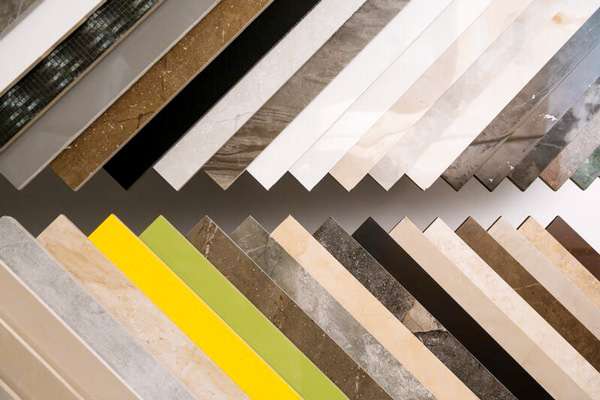What Is Barium Carbonate?
Barium carbonate (BaCO₃) is a white, heavy, and slightly soluble inorganic compound widely used in the ceramics industry. It is primarily valued for its chemical stability and reactivity at high temperatures.
Why Barium Carbonate Is Used in Ceramic Glazes
In home ceramic tiles — including wall tiles, floor tiles, and decorative ceramics — barium carbonate is commonly used as a glaze component for several reasons:
Fluxing Agent in Firing
Barium carbonate lowers the melting point of glazes, helping them fuse properly to the ceramic body during firing. This improves surface smoothness and adherence.
Enhancing Gloss and Transparency
It contributes to high-gloss finishes and can enhance the clarity of transparent glazes. When used in appropriate concentrations, it provides a clean, glassy appearance.
Improved Color Development
Barium ions interact with metallic oxides (such as cobalt, copper, or iron) to develop bright, saturated colors in glazes. This is especially important in decorative tile applications.
Crystallization Effects
Barium carbonate enables special glaze effects like crystallization, which are used in artisan or premium tiles for aesthetic enhancement.
How Barium Carbonate Improves Glaze Stability
Glaze stability refers to the chemical and mechanical resistance of a ceramic surface. Barium carbonate contributes to:
- Reduced leaching of heavy metals
- Improved acid and alkali resistance
- Lower thermal expansion mismatch, reducing the risk of glaze cracking
These features are essential for residential ceramic applications, where surfaces are exposed to detergents, moisture, and thermal changes.
Controlling Toxicity and Leaching in Barium-Based Glazes
While barium is potentially toxic, its incorporation into glaze matrices at controlled levels and through proper firing ensures that it becomes chemically inert. Reputable tile manufacturers follow stringent safety standards to ensure tiles meet food contact and residential safety regulations (e.g., ASTM C738 or ISO 10545-15).
Comparison with Other Fluxing Agents
Barium carbonate is often compared to other fluxes like:
- Calcium oxide (CaO) – provides matte surfaces
- Potassium/sodium feldspar – common in traditional glazes
- Zinc oxide – promotes gloss but reacts differently with colorants
Unlike these, barium carbonate provides a unique combination of fluxing ability, color development, and surface effects in one material.
Common Barium Carbonate-Based Glaze Formulas
A typical glaze recipe for home ceramic tiles might include:
- Feldspar (35–50%)
- Silica (20–30%)
- Kaolin or ball clay (5–10%)
- Barium carbonate (3–8%)
- Colorants or opacifiers (optional)
Exact percentages depend on the desired appearance, firing temperature, and compatibility with the tile body.
Safety and Handling in Manufacturing
Barium carbonate should be handled with care during the raw material stage:
- Use protective gear to avoid inhalation or ingestion of dust.
- Ensure good ventilation in mixing areas.
- Follow disposal guidelines to prevent environmental contamination.
Once fired in a kiln, barium becomes part of a stable crystalline or glassy structure, posing no hazard in finished tiles.



